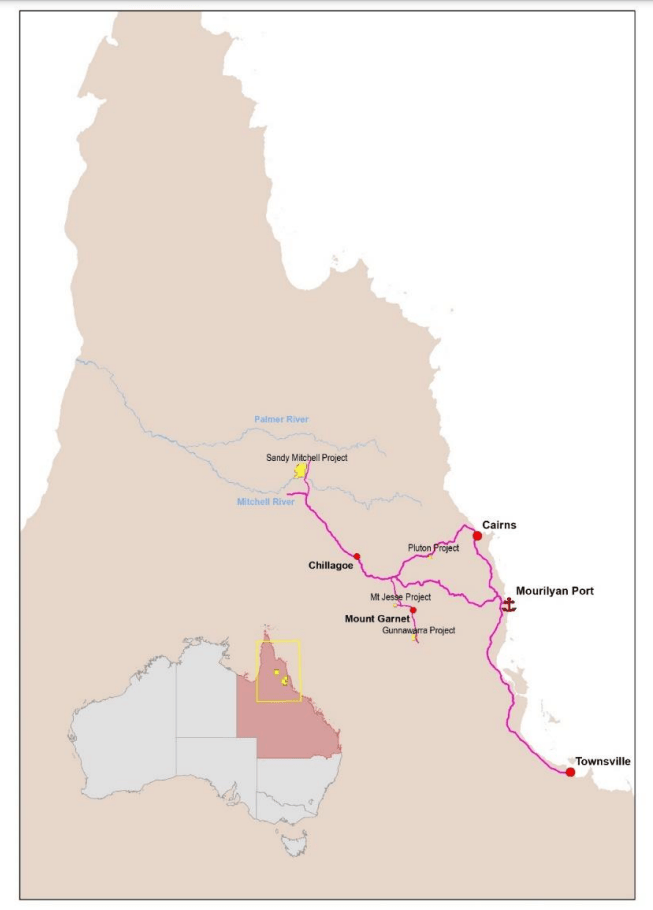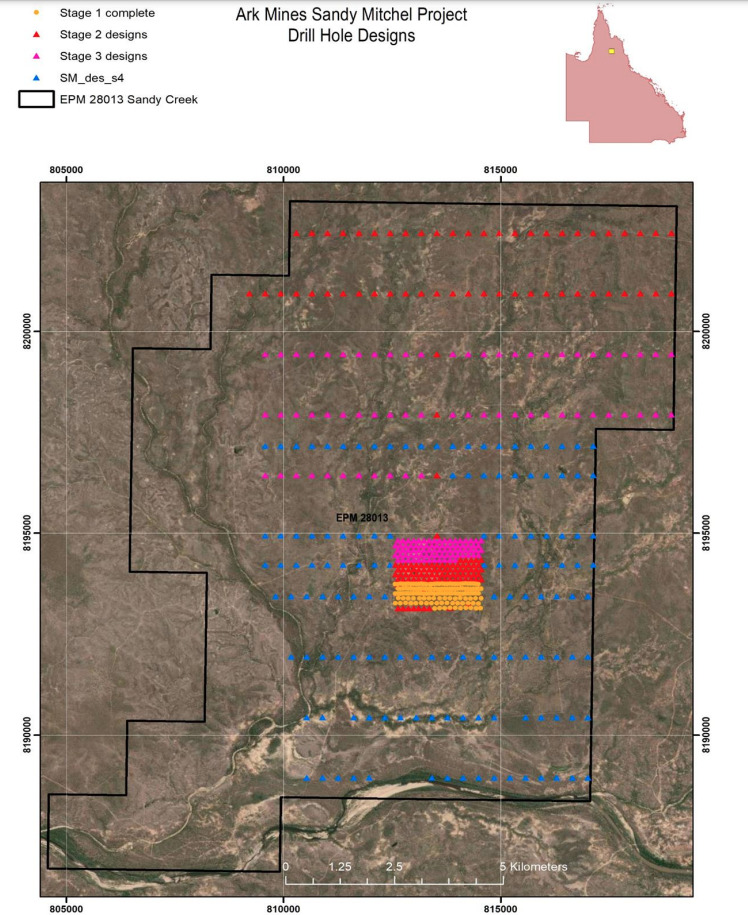100pc Success Rate: Ark Mines hits rare earths in every hole at one-of-a-kind project
Mining
Mining
Ark Mines is off to a flying start at its Sandy Mitchell project in North Queensland, confirming rare earths mineralisation in every interval of every hole assayed to date.
Sandy Mitchell is unique compared to other rare earths (REE) deposits, as the materials are hosted in fine sands known as terrestrial placer deposits, which are amenable to simple panning into a concentrate.
Ark Mines (ASX:AHK) says this could result in a potentially fast-start up beneficiation gravity processing model that will have lower processing costs than both hard rock and ionic clay-hosted REE deposits.
The first batch of assays from the company’s 144 hole stage 1 drill program comprised all critical light rare earths as well as heavy rare earths including dysprosium (Dy), terbium (Tb), holmium (Ho), erbium (Er), thulium (Tm) ytterbium (Yb), yttrium (Y) and excluding only lutetium.
Ark says niobium (Nb205) grades are also consistent is assays with magnet metals accounting for 23% of the Total Rare Earth Oxides (TREO).
Assay results included:
The company says the assay grades are considered commercial and highly encouraging given Sandy Mitchell is a very large 147km2 placer (sand) deposit.
“These first assays are particularly pleasing and highlight the potential scale of rare earths mineralisation at Sandy Mitchell,” AHK executive director Ben Emery said.
“We are very confident that Sandy Mitchell has the potential to develop into a large-scale Australian rare earths project that also benefits from minimal environmental impact due to its unique geological profile, where rare earths are hosted in sand and can be extracted by straightforward beneficiation by gravity processing which removes the need for pollutive extraction processes.
“Also, given the rare earths are hosted in sands, the grades we are reporting today are regarded as commercial as processing to deliver a saleable concentrate is much more straight forward given Mother Nature has done our crushing.”

Notably, the drilling only covered an area of 1.3 km2 which is 1.2% of the peak radiometric reading on the lease. Stages 2 to 4 will ultimately cover the full anomaly with Stage 2 drilling underway.

“Stage 2 extension drilling has now commenced, and our on-site team is hard at work on the detailed extension drill program which will ultimately provide us with REE assays across the full rare earths anomaly – an exciting prospect given the highly promising results from the Phase 1 program which covered just 1.2% of the site area where peak radiometric reading was recorded in preliminary testing,” Emery said.
This work will form the basis of a maiden resource estimate for the project, with metallurgical test work also under way – including ore characterisation and HMC production evaluation, including the suitability of beneficiation by gravity.
Ark has also commenced studies to evaluate REE mineral beneficiation processes, including floatation and conventional techniques.
This article was developed in collaboration with Ark Mines, a Stockhead advertiser at the time of publishing.
This article does not constitute financial product advice. You should consider obtaining independent advice before making any financial decisions.